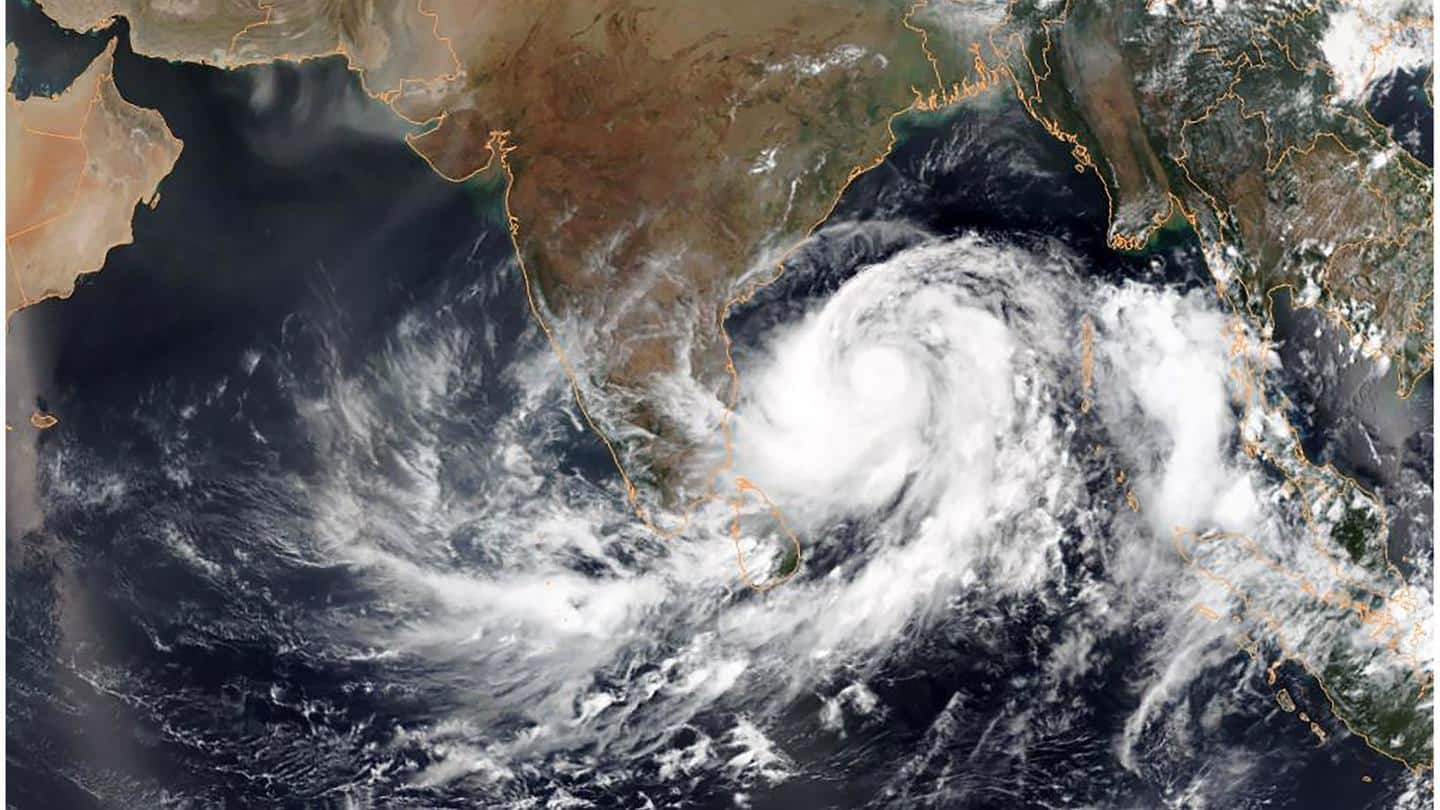
Scientists devise novel method for early detection of tropical cyclones
What's the story
A team of scientists has devised a novel method for the early detection of tropical cyclones. The method aims to identify initial traces of pre-cyclonic eddy vortices in the atmospheric column, prior to satellite detection over the ocean surface, and track its Spatio-temporal evolution, the Department of Science and Technology (DST) said in a statement.
Study
The study was conducted on six previous cyclones
A larger time gap between the detection and the impact of the cyclone could help preparation activities. Early detection of tropical cyclones has wide socio-economic implications, the DST said. The scientists conducted the study on four post-monsoon severe cyclones, Phailin (2013), Vardah (2013), Gaja (2018), and Madi (2013), and two pre-monsoon cyclones, Mora (2017) and Aila (2009), that developed over North Indian Ocean.
Further details
The research team members belong to IIT Kharagpur
The research was published in the journal Atmospheric Research recently. The team members involved in the study included Jiya Albert, Bishnupriya Sahoo, and Prasad K Bhaskaran from IIT Kharagpur. They observed that the method could bring about the genesis of prediction with a minimum of four days lead time for cyclones developed during the pre-and post-monsoon seasons.
Science
The study focused on eddies that lead to cyclone formation
Initiation mechanisms of the genesis of tropical cyclones occur at upper atmospheric levels and are also detected at a higher lead time for pre-monsoon cases, unlike the post-monsoon cases. The study made a comprehensive investigation on the behavior of eddies in an atmospheric column for non-developing cases and compared these findings with developing cases of the cyclones.
Information
The study was conducted by DST under the CCP
The technique was found to have the potential for early detection of tropical cyclogenesis in the atmospheric column prior to satellite detection over the ocean surface. The research was conducted with support from the Department of Science and Technology under the Climate Change Programme.